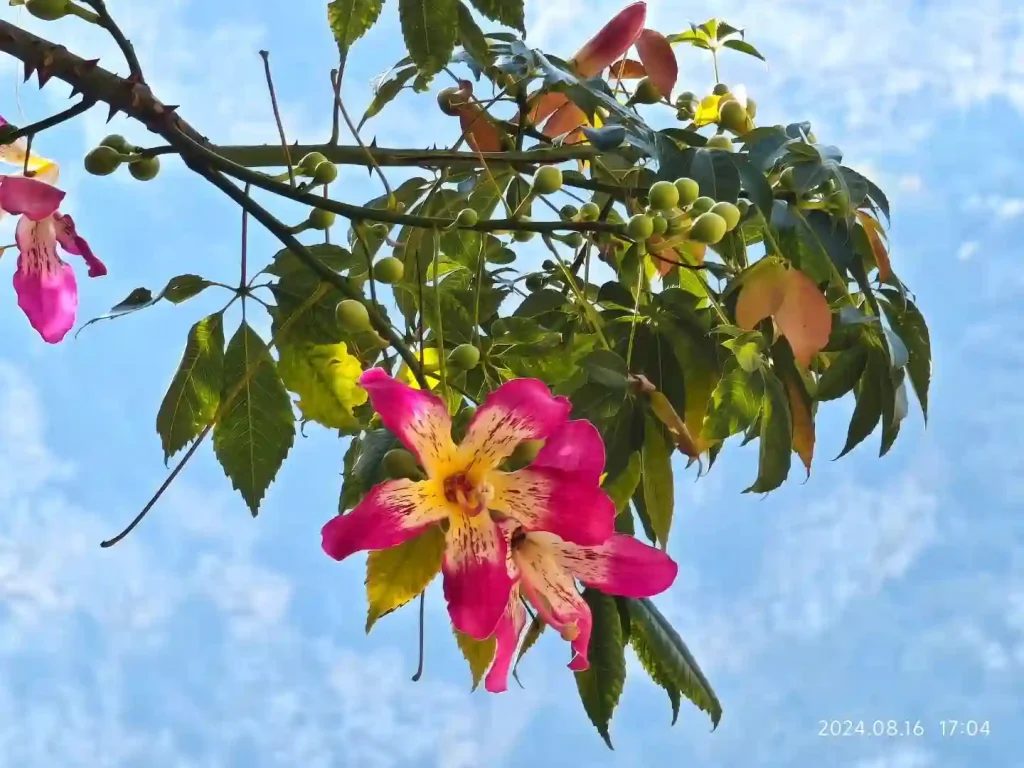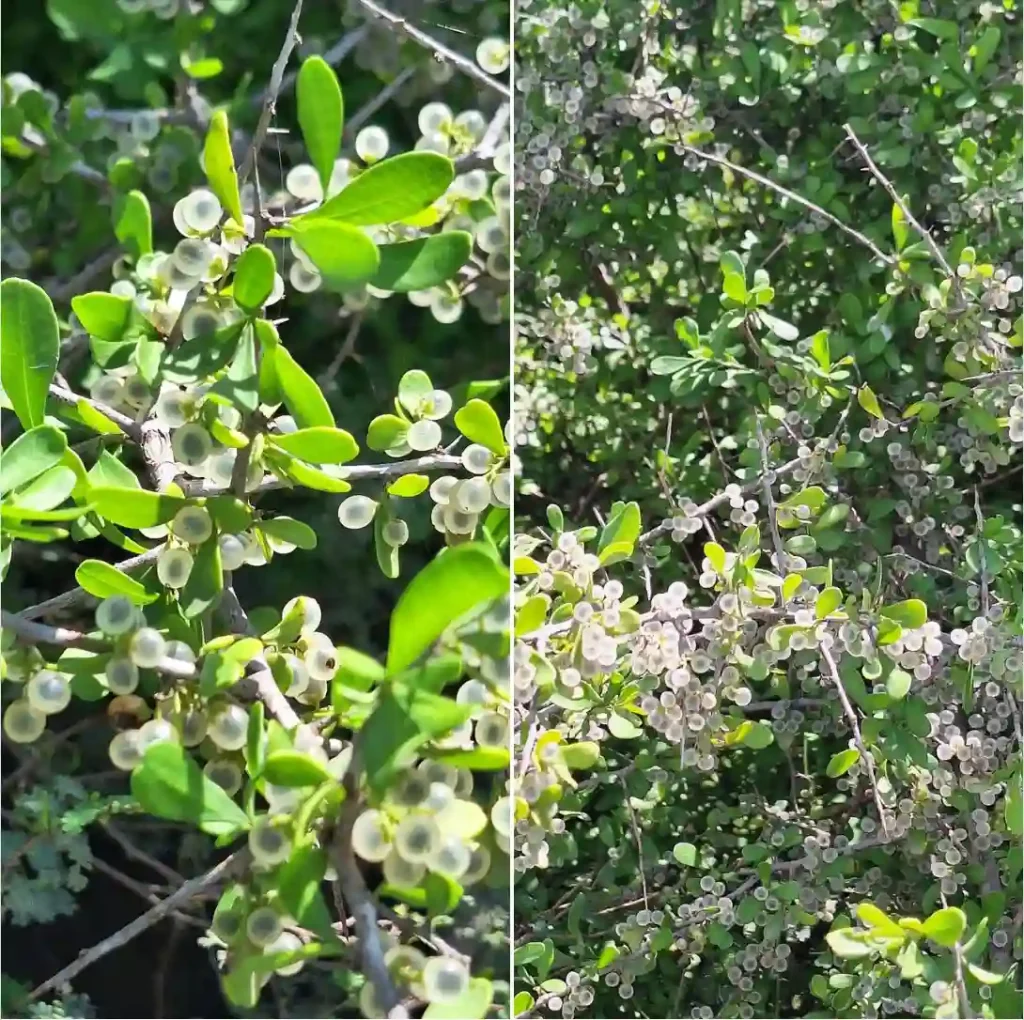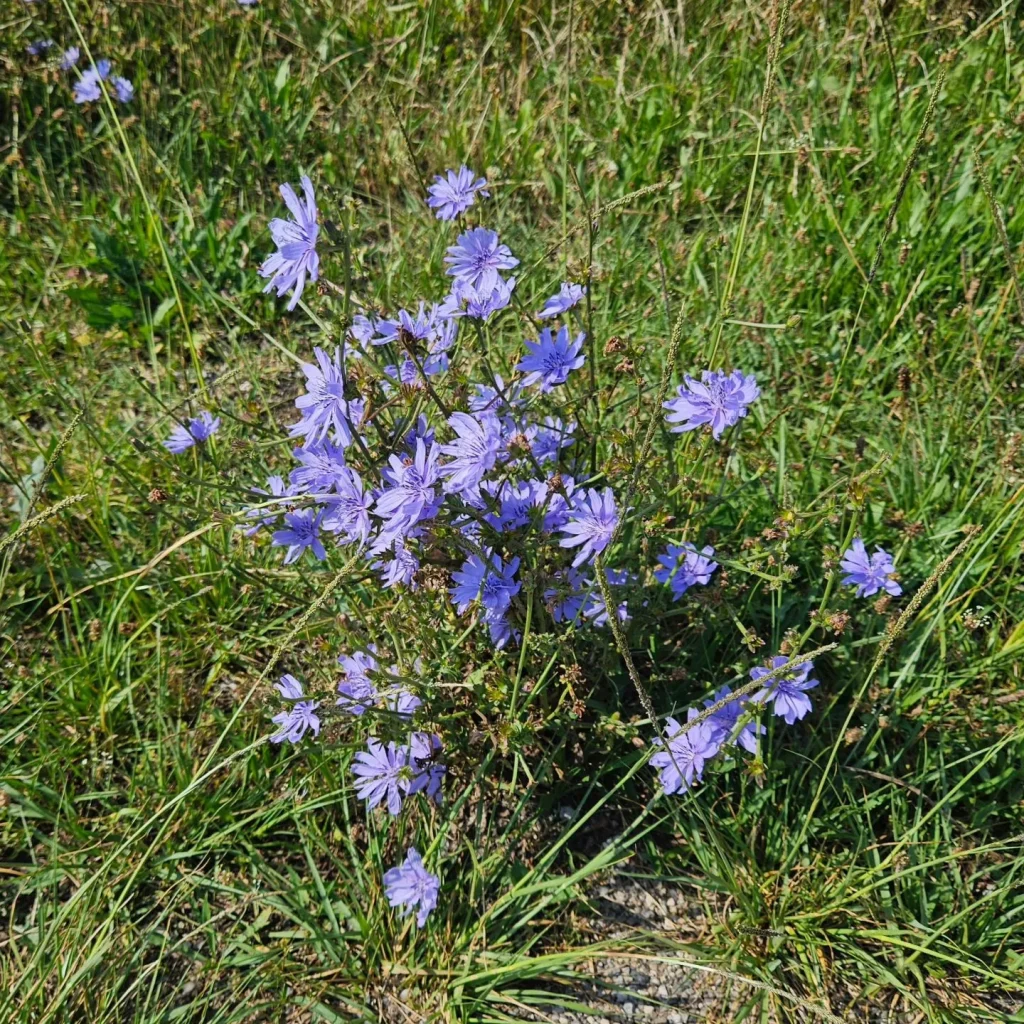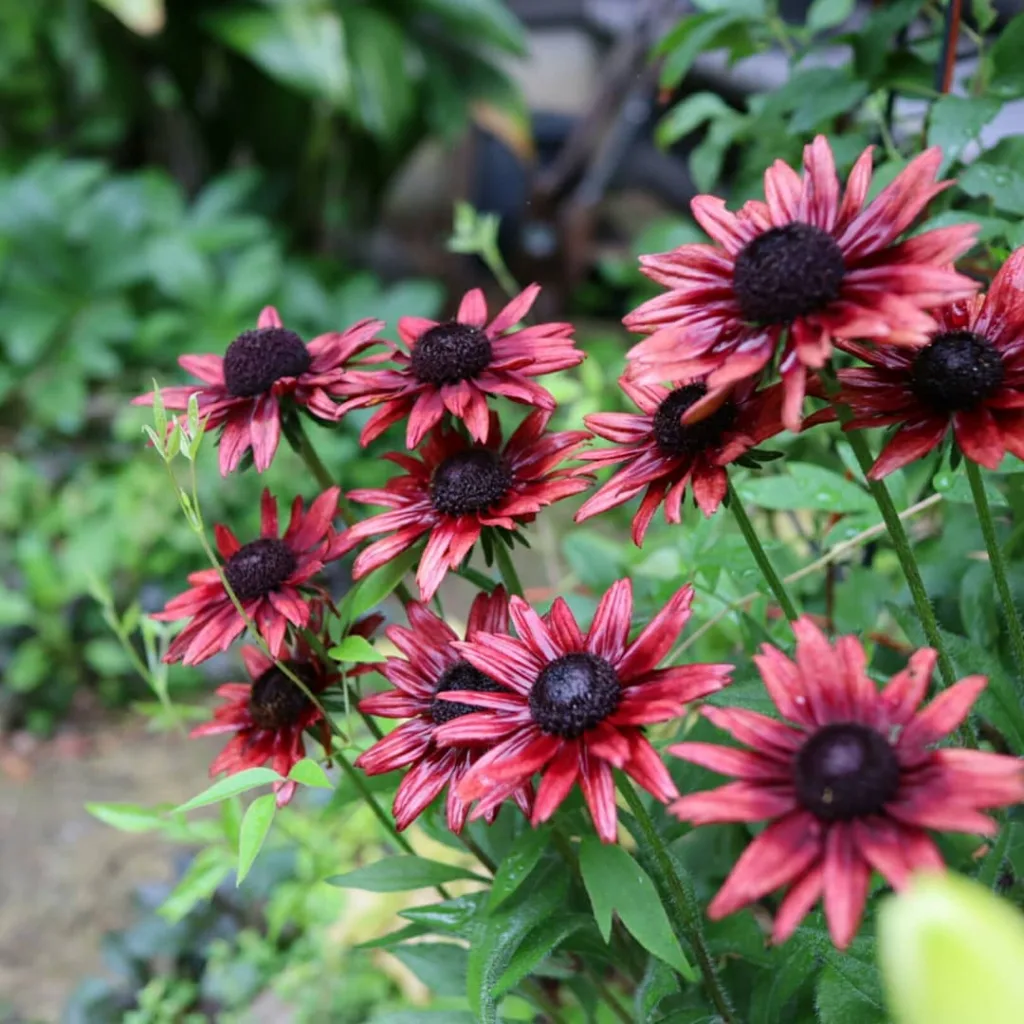FAQs About Pollia Condensata
As an enthusiast of exotic plants, I’ve delved into the world of Pollia Condensata, a fascinating species with unique characteristics. If you’re curious about this plant, you might have a lot of questions. I’m here to share what I’ve learned from my experiences and research.
What Is Pollia Condensata?
Pollia Condensata, also known as the “Glory Bower”, belong to the Commelinaceae family, is a striking plant native to tropical Africa. It’s renowned for its brilliant blue berries, which can be seen glistening under sunlight, making it a standout in any garden or indoor space. This plant belongs to the Rubiaceae family, which includes coffee and gardenias.
Plant Family: 36 Genera in Commelinaceae
Is Pollia Condensata Edible?
You might wonder if these eye-catching berries are edible. The short answer is no, Pollia Condensata berries are not typically consumed. They are not known for their culinary uses or nutritional benefits. The plant’s primary appeal lies in its ornamental value rather than its edibility. If you’re looking for an edible plant, you might want to explore other options.
Can You Eat Pollia Condensata?
As mentioned, Pollia Condensata is not eaten. The berries are primarily used for decorative purposes. They do not have a history of use in traditional or modern cuisine. If you’re interested in growing plants for consumption, there are many other options with both aesthetic and edible benefits.
How Much Is Pollia Condensata?
The cost of Pollia Condensata can vary widely depending on the source and size of the plant. On average, you might expect to pay anywhere from $20 to $50 for a young plant. Prices may fluctuate based on availability, location, and the quality of the specimen. It’s always a good idea to check with local nurseries or online plant retailers for the most accurate pricing.
How to Grow Pollia Condensata?
Growing Pollia Condensata requires a bit of knowledge and care, but it’s well worth it for its beauty. Here’s a brief guide on how to cultivate this plant:
- Location: Pollia Condensata thrives in warm, tropical conditions. It prefers a spot with bright, indirect light.
- Soil: Use well-draining soil to prevent root rot. A mix of potting soil and perlite or sand works well.
- Watering: Keep the soil consistently moist but not soggy. Water the plant when the top inch of soil feels dry.
- Temperature: This plant enjoys warm temperatures, ideally between 65-85°F (18-29°C). Avoid exposing it to cold drafts or temperatures below 50°F (10°C).
- Fertilizing: Feed the plant with a balanced liquid fertilizer every 4-6 weeks during the growing season.
How to Care for Pollia Condensata?
Caring for Pollia Condensata involves a few key practices:
- Humidity: This plant appreciates higher humidity levels. If you live in a dry climate, consider using a humidity tray or a room humidifier.
- Pruning: Regular pruning helps maintain the plant’s shape and encourages healthy growth. Remove any dead or yellowing leaves as needed.
- Pests: Watch out for common pests like spider mites and aphids. Regularly inspect your plant and use appropriate treatments if necessary.
How to Propagate Pollia Condensata?
Propagation of Pollia Condensata can be done through seeds or cuttings:
- Seeds: Start seeds in a well-draining potting mix. Keep them warm and moist until they germinate. This process can take a few weeks.
- Cuttings: Take semi-hardwood cuttings in late spring or early summer. Dip the cut ends in rooting hormone, then plant them in a mix of peat and perlite. Keep the cuttings in a warm, humid environment until roots develop.
What Disperses Pollia Condensata?
In its natural habitat, Pollia Condensata’s seeds are dispersed by birds. The plant’s bright berries attract these birds, which eat the fruit and later excrete the seeds in different locations, aiding in the plant’s spread.
Can You Grow Pollia Condensata Indoors?
Yes, Pollia Condensata can be grown indoors, provided you meet its light and temperature requirements. A bright, well-lit spot is ideal, and maintaining appropriate humidity levels will help keep the plant healthy.
Is Pollia Condensata Toxic?
Pollia Condensata is not known to be toxic to humans or pets. However, as with any plant, it’s a good idea to prevent children and animals from consuming parts of it.
Benefits of Pollia Condensata
Aside from its visual appeal, Pollia Condensata can enhance indoor or outdoor spaces with its vibrant blue berries and lush foliage. It’s an excellent choice for adding a unique touch to your plant collection.
Common Problems with Pollia Condensata
- Leaf Drop: Can occur due to sudden changes in temperature or humidity.
- Pest Infestations: Regularly check for signs of pests and treat them promptly.
How Does Pollia Condensata Compare to Similar Plants?
Pollia Condensata is often compared to other ornamental plants with colorful berries, such as the Beautyberry (Callicarpa). However, Pollia Condensata is distinguished by its striking blue berries and its preference for tropical conditions.
If i die, water my plants!



